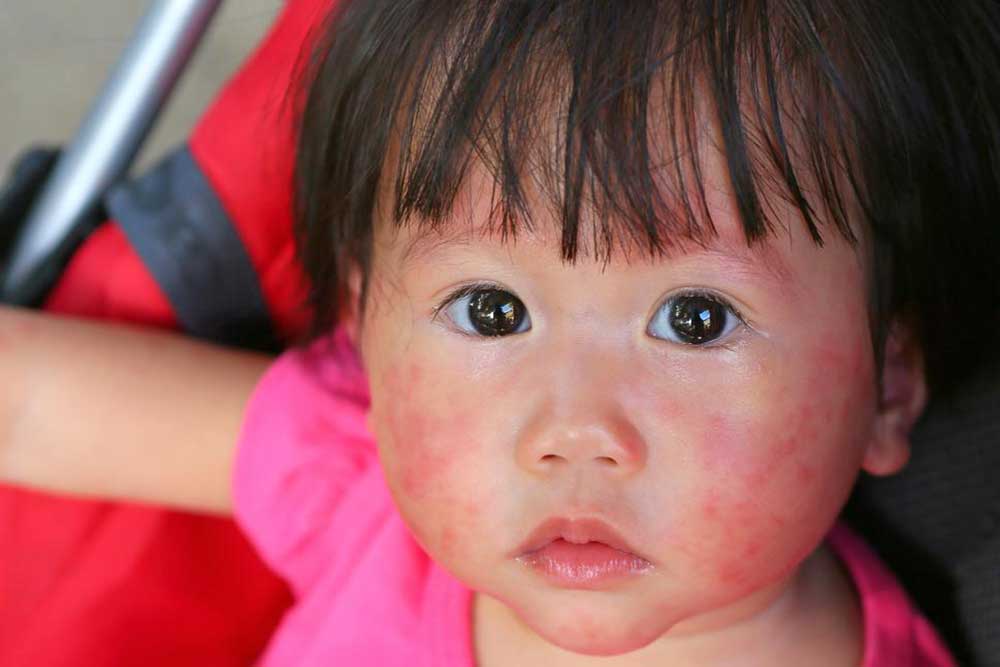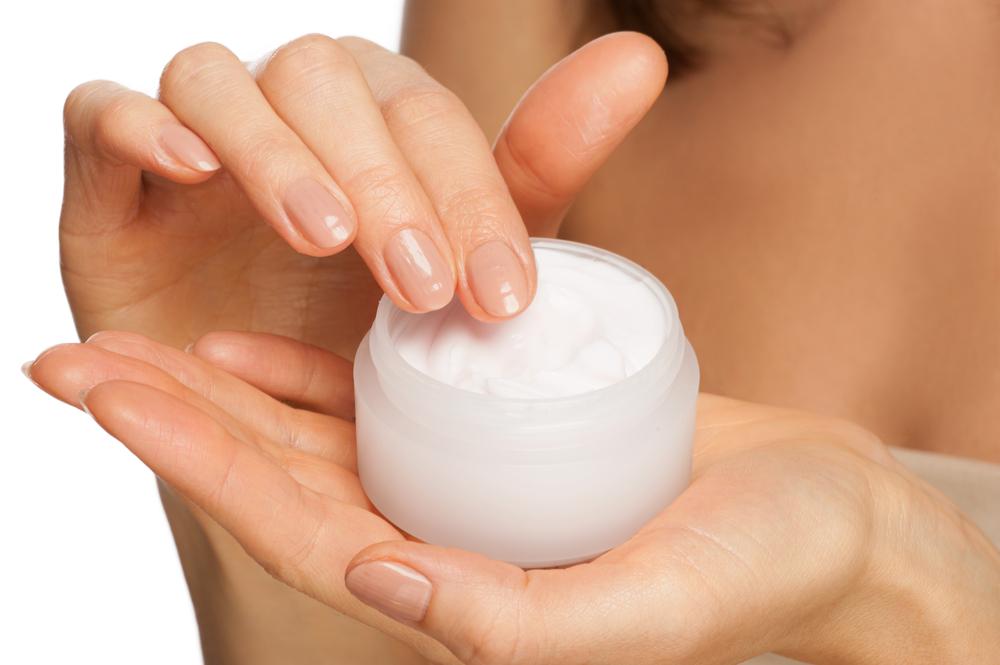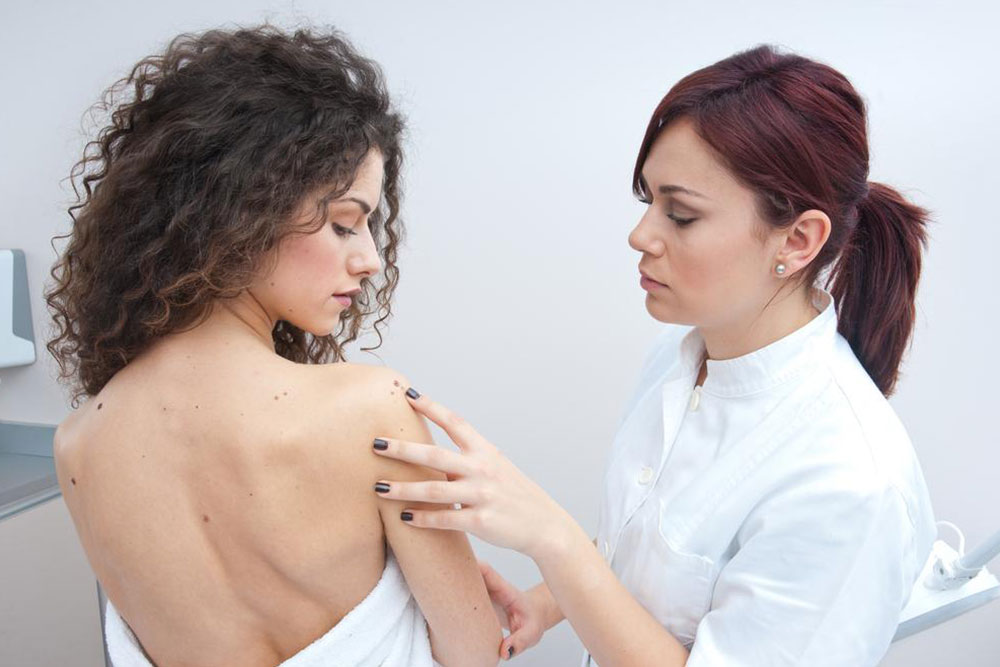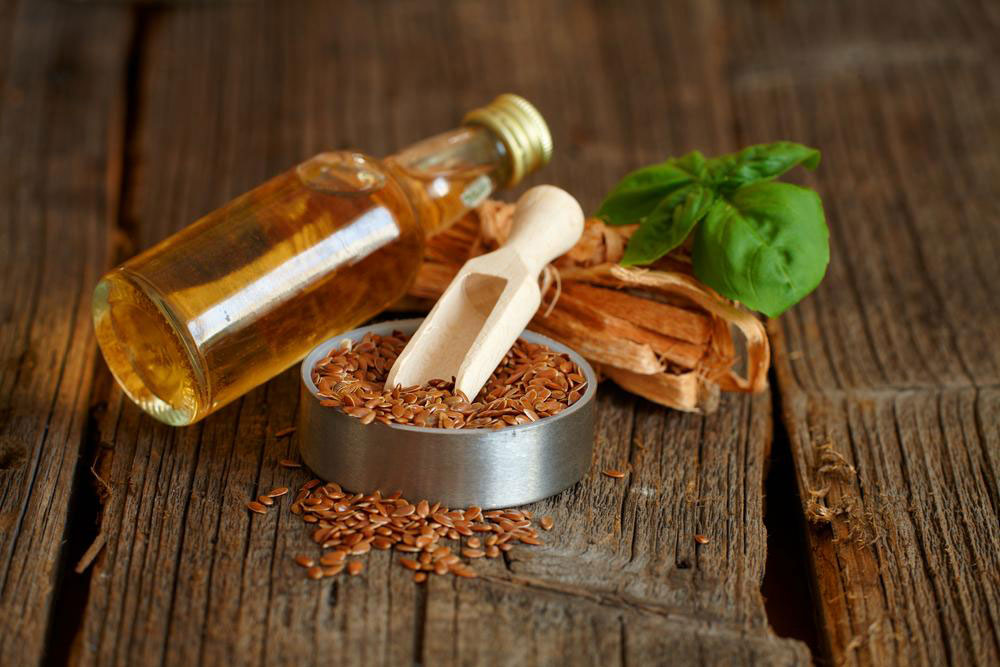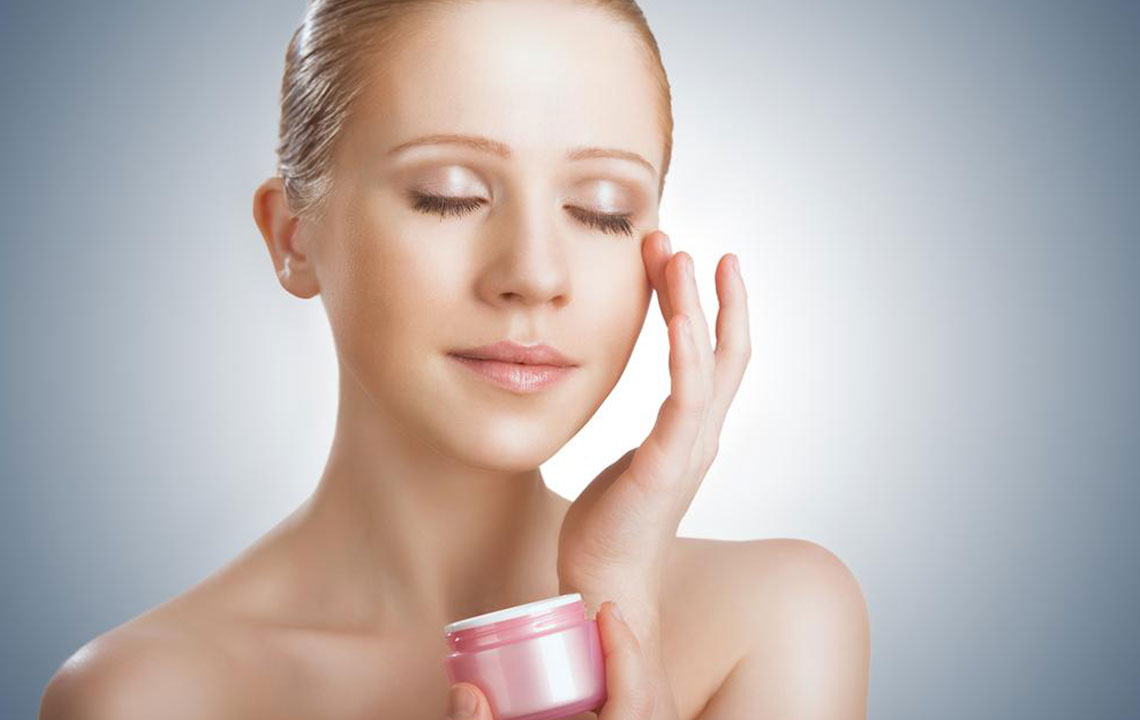Comprehensive Guide to Healing Candida-Related Underarm Rashes Naturally and Effectively
This comprehensive guide explores effective strategies for treating Candida-related underarm rashes. It covers identification, treatment options, natural remedies, and lifestyle tips to promote skin recovery and prevent future outbreaks. Ideal for individuals seeking a holistic approach to skin health, the article emphasizes early action and consistent care for optimal results.

Comprehensive Strategies for Treating Candida-Related Underarm Rashes
Understanding the health of your skin is fundamental in maintaining overall wellness, particularly when it comes to common issues like underarm rashes. These skin irritations are not only uncomfortable but can also be indicative of underlying infections such as Candida overgrowth. Candida, a type of yeast, is notorious for thriving in warm, moist environments like the armpits. When this yeast proliferates excessively, it causes a rash characterized by redness, swelling, itching, and sometimes flaky patches that can be bothersome and persistent if not treated properly.
In this detailed guide, we will explore the causes, preventive measures, and effective treatments for Candida-related underarm rashes. For individuals experiencing recurrent or stubborn rashes, understanding these strategies can significantly enhance recovery and prevent future outbreaks. The goal is to provide an all-encompassing resource that combines medical advice, natural remedies, and lifestyle tips to help you restore healthy, irritation-free skin in your underarm area.
Warm, humid conditions create an ideal environment for Candida yeast to flourish, especially under the arms where sweat and tight clothing tend to trap moisture. This can lead to symptoms such as persistent redness, swelling, irritation, and flaky skin patches, which may be mistaken for other skin conditions like eczema or contact dermatitis. Recognizing the signs early can help you initiate effective treatment sooner, reducing discomfort and preventing complications.
To manage and eliminate a candida infection in the underarm, it is essential to identify the root cause accurately. The first step involves understanding personal risk factors, such as inadequate hygiene, wearing tight or non-breathable clothing, excessive sweating, or compromised immune health, which can foster an environment conducive to yeast overgrowth.
How to Identify the Underlying Cause of Your Underarm Rash
Before commencing treatment, it is vital to determine whether the rash is caused by a fungal infection like Candida or other dermatological conditions. Common symptoms associated with Candida infections include redness accompanied by swelling, itching, burning sensations, and sometimes a shiny or flaky surface. The infection often appears in skin folds and areas prone to moisture retention, such as the underarms, groin, and between toes.
Consulting a healthcare professional is advisable if symptoms persist despite home remedies or if there is evidence of spreading or secondary infection. Your doctor may perform a skin scraping or culture test to confirm the presence of Candida and determine the appropriate treatment regimen.
Effective Treatment Options for Candida Underarm Rashes
The cornerstone of treating a Candida-related rash is the use of antifungal medications. Topical antifungal creams such as clotrimazole, miconazole, or terbinafine are commonly prescribed for localized infections. Applying these medicines directly to the affected area helps eliminate the yeast overgrowth and reduce inflammation.
It is important to avoid steroid ointments unless prescribed by a healthcare professional, as steroids can suppress the immune response and potentially worsen fungal infections. Proper application of antifungal creams, along with maintaining hygiene practices, enhances healing.
In addition to medication, making lifestyle adjustments can support recovery. Wearing loose, breathable clothing made of natural fibers like cotton allows the skin to breathe and reduces moisture buildup. Showering promptly after sweating, using gentle cleansers, and thoroughly drying the skin helps prevent recurrence. Keeping the underarms dry and clean is essential for managing candidiasis effectively.
Natural Home Remedies to Accelerate Healing
Alongside medical treatments, several natural remedies can promote faster healing, soothe irritation, and restore skin health. Integrating these remedies into your routine can help tackle the yeast overgrowth and reduce discomfort naturally.
Ice Packs: Applying ice wrapped in a clean cloth to the affected area can temporarily reduce inflammation, soothe itching, and ease discomfort. Limit application to 10-15 minutes at a time to avoid skin damage.
Vitamin C-Rich Foods: Consuming foods high in vitamin C, such as citrus fruits, berries, and leafy greens, helps strengthen the immune system and enhance the skin's ability to fight infections.
Lemon Halves: Gently rubbing fresh lemon halves on the affected skin acts as a natural sanitizer and deodorizer due to its antibacterial properties. Be cautious if you have open wounds or sensitive skin, as lemon juice can cause stinging.
Essential Oils: Diluted essential oils like tea tree, lavender, and coconut oil possess antifungal, anti-inflammatory, and soothing properties. These oils can be applied carefully to the rash to help fight yeast and ease irritation.
Anti-Chafing Powders: Applying powders such as cornstarch or talcum in the underarm area can absorb excess moisture and reduce skin friction, preventing further irritation.
It is essential to perform a patch test before trying new natural remedies to ensure you do not have an allergic reaction. Incorporating these practices alongside medical advice creates a comprehensive approach to eliminating and preventing Candida-induced rashes.
In conclusion, managing a Candida-related underarm rash involves a combination of proper identification, targeted antifungal treatments, lifestyle modifications, and natural supportive remedies. Consistency and patient patience are crucial for successful recovery. If symptoms persist or worsen despite these measures, seeking professional healthcare guidance is recommended to rule out other conditions and explore advanced treatment options. By following these in-depth strategies, you can regain healthy, irritation-free skin in your underarm area and prevent future fungal outbreaks effectively.
